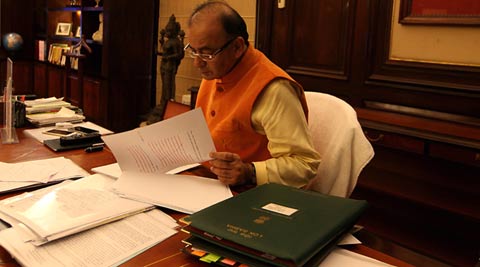
It is against this background that two recent developments merit closer attention. Last Tuesday saw auctions of state development loans, where the interest rates paid on 10-year borrowings ranged from 8.63 to 8.88 per cent. This represents a huge spread over not only current 10-year Indian government bond yields of 7.78 per cent, but also the 8.04 to 8.08 per cent cut-off rates for loans of the same tenure raised by the states in February 2015. The higher borrowing costs come even as there is a second elephant in the room in the form of the Seventh Pay Commission. Till now, all the focus was on what its implementation would do to the Centre’s fiscal deficit or ability to undertake capital expenditures that an investment-starved economy desperately needs. But we saw from last week’s railway budget how the salary and pension bill for the transport behemoth is slated to go up by nearly Rs 28,600 crore in 2016-17, largely courtesy the pay panel report. If the states were to follow suit — which they are bound to — the impact on their finances is probably yet to even be fully factored in. The worst scenario would be if much of the windfall for the states from high devolution goes towards payment of revised pay and pension scales, which is accompanied by rising borrowing costs (more so with the debts of power distribution companies getting converted into state government bonds under the Ujwal Discom Assurance Yojana or Uday), and the states not adequately filling the void created by reduced Central spending (especially in agriculture, health and education).
The simple point is that one shouldn’t look too much at the Union budget, beyond it laying the overall policy direction and signalling to investors on the course of reforms. But even there, it is the actions and initiatives being taken at the state-level that matter more today.